(11 products available)
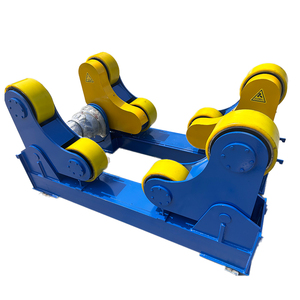






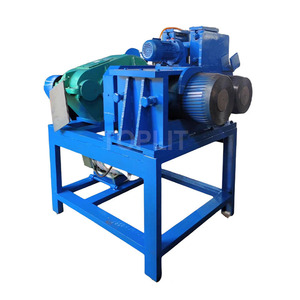




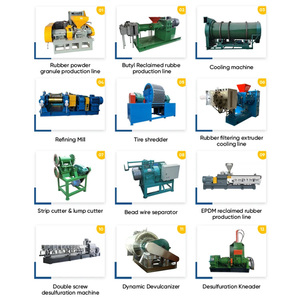





















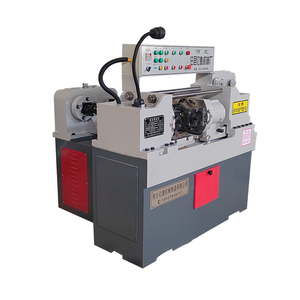

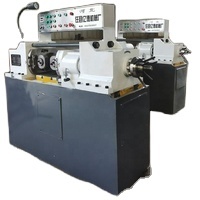






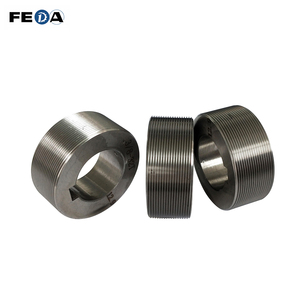
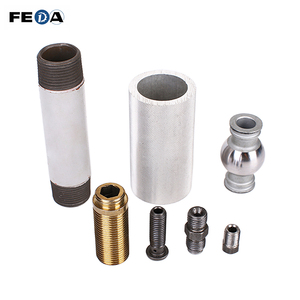







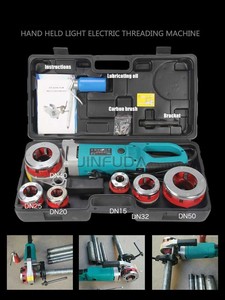










Dedicated spoke threading comes in various configurations, each designed to cater to different production scales and operational requirements.
These large threads create fine, long-lasting, and strong spoke threads, unlike smaller ones, which create weak threads.
Here are some of the common types:
CNC Lathes
CNC (Computer Numerical Control) lathes are utilized for high-precision, high-volume threaded spoke production. Due to their automation level, they are ideal for mass manufacturing as they can work continuously without human intervention. CNC lathes are employed where strict tolerances and complex thread designs are necessary.
Manual Lathes
Conversely, manual lathes are utilized in smaller workshops or for low-volume production. While less precise than CNC lathes, they are more affordable and suitable for businesses needing less production or customized, small-batch spokes.
Thread Rolling Machines
These are specialized machines for rolling threads onto spokes. Unlike traditional cutting methods, thread rolling machines use hardened dies to deform the material, forming threads. This method compacts the metal fibers, resulting in stronger, more durable threads. These machines are best suited for medium to large-scale production of spoke threads.
Hydraulic vs. Mechanical Rolling Machines
Hydraulic rolling machines provide more flexibility in thread design and are suitable for softer materials. Conversely, mechanical machines are more durable and efficient, hence better for harder materials or high-volume production. The choice between hydraulic and mechanical machines generally depends on the specific material and production requirements.
Bicycle Manufacturing
In bicycle production, thread rolling machines are widely applied to create precise, uniform threads on spokes. This ensures that spokes have the required strength and compatibility with nipples. The rolled threads also provide greater spoke tension, hence speaking durability and performance during threading. Any issues such as cross-threading will negatively affect the business as it will create weak threads which in turn affects the spokes.
Automotive Applications
Automotive industries use thread rolling machines to produce components such as bolts, screws, and wheel studs. The rolled threads offer greater resistance to shear and fatigue, making them suitable for demanding automotive applications. Additionally, rolling machines improve production efficiency by enabling the quick manufacturing of large quantities of threaded components.
Aerospace and Defense
The aerospace and defense industries demand thread rolling machines to produce high-strength, lightweight threaded fasteners because the rolled threads can withstand extreme conditions. This leads to a lower weight without compromising strength. Therefore, they are critical in assembling components in airplanes, satellites, and military vehicles.
Machinery and Equipment
Thread-rolling machines are commonly used in industries that manufacture heavy machinery and industrial equipment. Integrated components, such as gears and shafts, require rolled threads, which provide added strength and wear resistance. Thread rolling contributes to machine longevity, reliability, and performance in harsh working conditions.
Thread Quality
The quality of the threads rolled by the machine greatly affects the durability and performance of the spokes in bicycle and metallurgical applications. To ensure quality, maintain the rolling dies, the machine's alignment, and the spoke materials, as this will affect the thread pitch, depth, and overall finish.
Material Compatibility
Quality machines are able to roll threads on specific materials they are designed to roll threads on. While some machines will roll threads on metals like stainless steel, carbon, and aluminum, a good manufacturer will state what material the machine can handle to avoid damaging the machine and producing quality threads.
Production Volume
Consider the production capacity of the machine so it can meet the company’s operational requirement without breaking down. Higher production requires a machine that can roll threads at a high rpm. Likewise, for lower production, there is no need to buy a big-threading-machine facility as it will be uneconomical.
Operational Safety
Several safety measures require observing when production is running. Always ensure guards are in place, operational procedures documented, and personal protective equipment available for operators. Regularly maintain the machine and replace worn parts, as it will help avoid accidents caused by machine failure.
Machine Calibration
Thread-rolling machines have to be calibrated frequently in order to produce consistent and exact threads. This involves measuring the spoke diameter, thread pitch, and roll alignment. Proper calibration will not only improve the quality of the threads produced but also reduce material wastage and the risk of defects, henceforth maintaining safety and quality.
A thread-rolling machine rolls the threads onto the spokes. It works by using two rotating dies to compress the material outward, giving it better strength and a smoother finish.
The machines are worth it, as, apart from high productivity, they are very precise and give high product quality, plus they are cost-effective because they give less waste of material and work fast.
There are various types of machines, but the most popular ones are dedicated hydraulic and mechanical operating types because they are ideal for large production and have simple operating processes.
Rolling creates less waste material of about 50% and does not remove much metal of the material used. In addition, rolling gives the material a much stronger structure because all the fibers are intact and aligned.
Bicycle manufacturing, automotive, aerospace, defense, and heavy machinery industries benefit from rolling machines to produce high-strength fasteners and other components.